
In the heart of East Africa, a storm is brewing. Kenya, a nation known for its breathtaking landscapes and vibrant culture, finds itself at a crossroads. The streets that once echoed with the sounds of daily life now reverberate with chants of protest and cries for justice. Welcome to the “7 Days of Rage” – a nationwide movement that’s shaking the very foundations of Kenyan society.
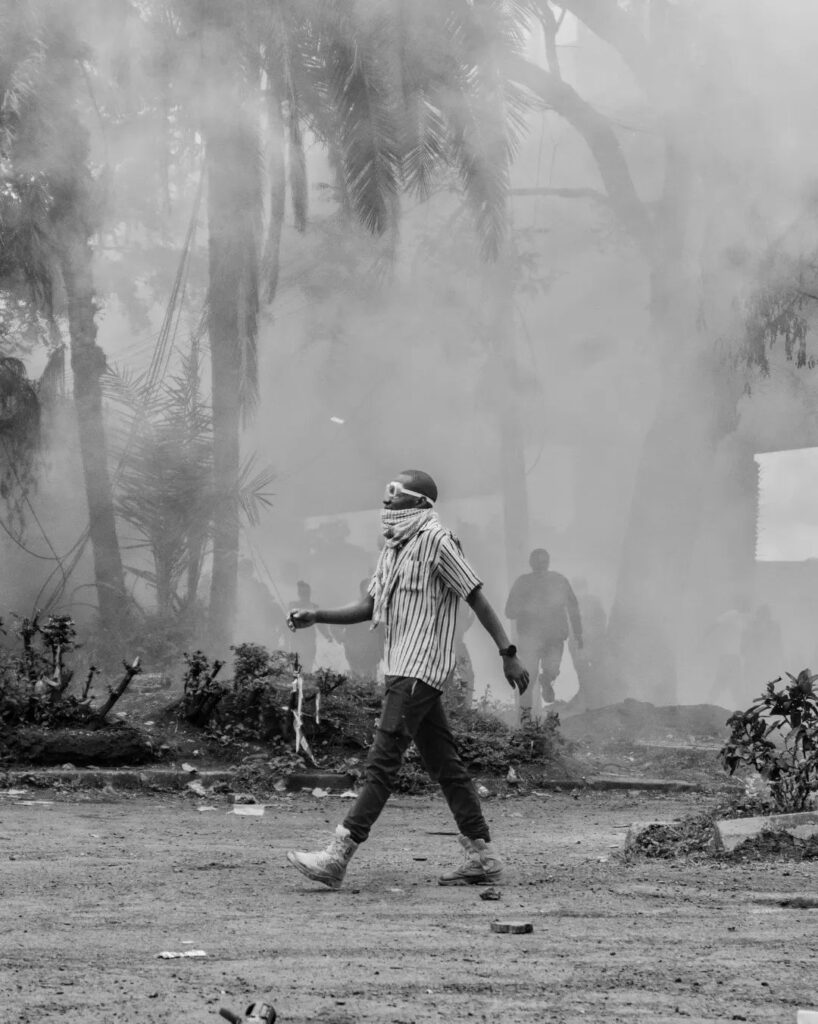
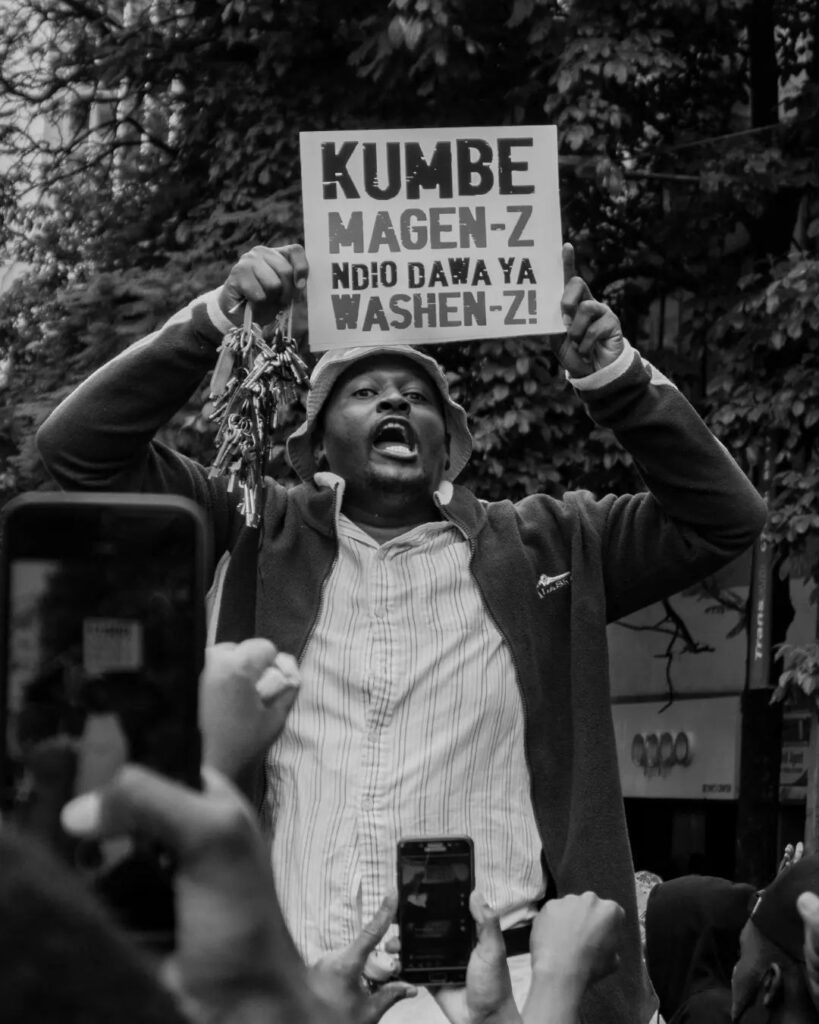
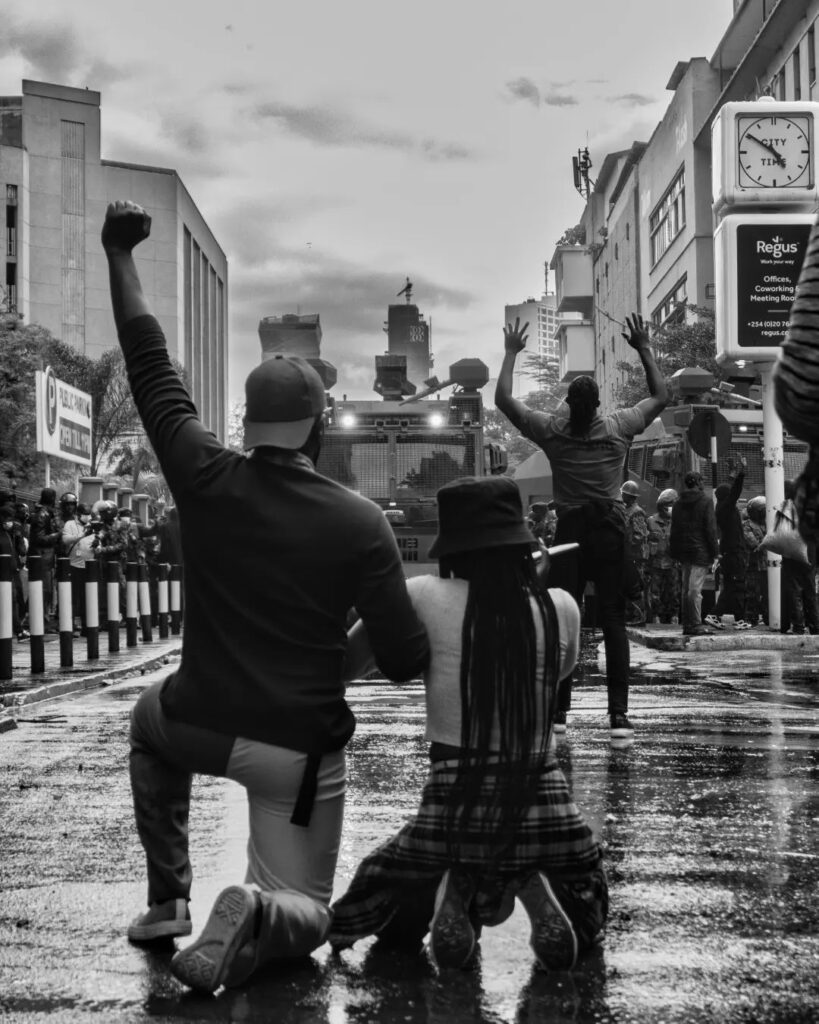
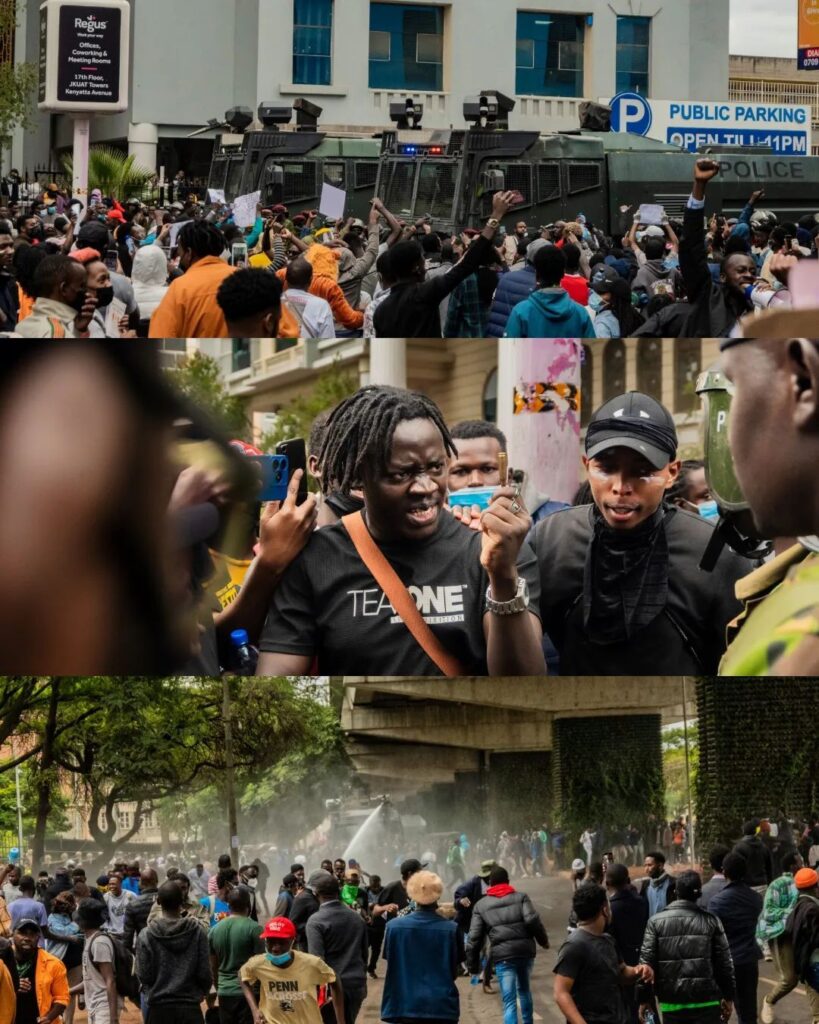
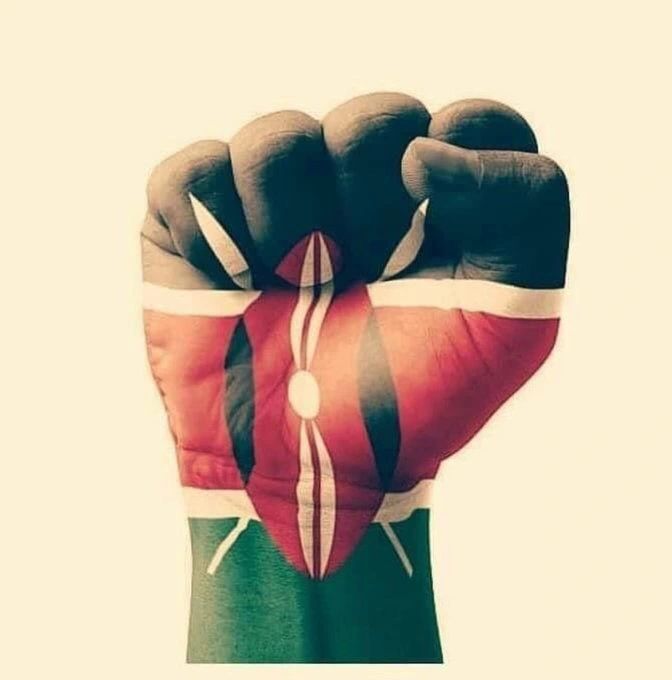
The Spark that Ignited the Fire
At the core of this unrest lies the controversial Finance Bill 2024. Proposed by the government as a means to boost revenue and address the country’s mounting debt, the bill has instead become a lightning rod for public discontent. Its provisions, which include significant tax increases across various sectors, have sparked widespread fears of economic hardship among ordinary Kenyans.
The proposed measures include:
- An increase in Value Added Tax (VAT) on fuel from 8% to 16%
- A new 3% tax on digital transactions
- Higher income tax rates for top earners
- Increased taxes on imported goods
For many Kenyans, already grappling with the economic fallout of the global pandemic and rising inflation, these proposed tax hikes represent a bridge too far. The sentiment on the streets is clear: enough is enough.
The Rise of “7 Days of Rage”
In response to the government’s proposals, a grassroots movement has taken shape, coalescing around the slogan “7 Days of Rage.” This movement, fueled by social media and organized by a diverse coalition of civil society groups, labor unions, and opposition parties, has called for a “total shutdown” of the country.
The objectives of the protesters are multifaceted:
- Immediate withdrawal of the Finance Bill 2024
- Reduction in the cost of living
- Addressing allegations of electoral malpractice from the 2022 general election
- Tackling corruption and mismanagement of public funds
As the movement gained momentum, its organizers took to social media platforms to rally support. Hashtags like #TotalShutdownKE and #OccupyParliament began trending, with thousands of Kenyans sharing their grievances and coordinating protest actions.
The epi center of the protests is expected to be in Nairobi, where opposition MP Babu Owino has made a bold move. In a statement that sent shockwaves through political circles, Owino invited protesters to the National Assembly, offering to personally open the gates. This provocative gesture has heightened tensions and raised concerns about potential confrontations between demonstrators and security forces.
The Government’s Response
Faced with mounting pressure, the government has adopted a firm stance. Interior Cabinet Secretary Kithure Kindiki addressed the nation in a televised speech, calling for calm while warning against any attempts to disrupt public order. Here’s an excerpt from his address:
“Fellow Kenyans, I stand before you today at a critical juncture in our nation’s history. The right to peaceful protest is enshrined in our constitution, and we respect the voices of all citizens. However, let me be clear: any attempts to enter government buildings or destroy public property will be met with the full force of the law.
We urge all demonstrators to remain peaceful and to work within the bounds of our legal system to address their concerns. The police have been instructed to guide demonstrators and restrict access to areas protected under the law for critical infrastructure.
I want to assure all Kenyans that the government is listening. We are open to dialogue and are committed to finding solutions that work for all citizens. But we cannot and will not allow chaos to reign in our streets.
To those considering participating in these protests, I implore you: think of the consequences of your actions. Think of your families, your neighbors, and your country. We are all Kenyans, and we must find a way forward together.
Let us not forget the progress we have made as a nation. We have overcome challenges before, and we will overcome this one too. But we must do so through peaceful means, through dialogue, and through respect for the rule of law.
In the coming days, the government will announce measures to address the concerns raised by citizens regarding the cost of living. We hear you, and we are working tirelessly to find sustainable solutions.
In conclusion, I call upon all Kenyans to remain calm, to reject violence in all its forms, and to have faith in our democratic institutions. Together, we can build a stronger, more prosperous Kenya for all.”
The speech, while calling for calm, notably did not address the growing concerns about the disappearance of protesters – an omission that has not gone unnoticed by human rights organizations and opposition leaders.
Mounting Concerns: The Disappearance of Protesters
As the protests have intensified, a disturbing trend has emerged: reports of protesters vanishing without a trace. These disappearances have sent shockwaves through Kenyan society and drawn condemnation from human rights organizations both domestically and internationally.
The turning point came with the circulation of a chilling video on social media. The footage shows a young man, later identified as university student Martin Ochieng, being forcibly taken into an unmarked SUV by unidentified men in plain clothes. The incident, which occurred in broad daylight on a busy Nairobi street, has been described by the Law Society of Kenya president as an “abduction.”
In a press conference, the Law Society president stated: “What we witnessed in that video is nothing short of state-sponsored terrorism. These are the actions of a regime that fears its own people. We demand an immediate investigation into this incident and the whereabouts of all missing protesters.”
The video has since gone viral, sparking outrage and intensifying calls for accountability. Human rights groups have reported several other cases of alleged abductions, painting a picture of a systematic attempt to silence dissent.
Amnesty International Kenya has issued a statement expressing deep concern over the situation: “The reported disappearances of protesters represent a grave violation of human rights. We call on the Kenyan government to immediately disclose the whereabouts of all missing individuals and to respect the right to peaceful protest. The world is watching, and these actions will not go unnoticed or unchallenged.”
The Role of Social Media and Fears of Internet Blackout
In an age where information travels at the speed of light, social media has played a crucial role in organizing and sustaining the protest movement. Platforms like Twitter, Facebook, and WhatsApp have become virtual town squares, where Kenyans share information, coordinate protest actions, and document alleged human rights abuses.
However, this digital activism has not gone unnoticed by the authorities. There are growing fears among activists and civil society groups that the government may resort to internet shutdowns or social media restrictions to quell the protests.
The Bloggers Association of Kenya (BAKE) has raised alarm over these possibilities. In a statement, BAKE warned: “Any attempt to shut down the internet or restrict access to social media platforms would be a direct attack on freedom of expression and the right to information. Such actions would not only endanger lives by limiting access to crucial information but would also infringe on citizens’ rights to organize, demonstrate, and participate in the democratic process.”
These concerns are not unfounded. In recent years, several African countries have resorted to internet shutdowns during times of political unrest. The economic cost of such measures can be substantial, not to mention the damage to a country’s democratic credentials.
The Economic Impact of the Protests
As the “7 Days of Rage” unfolds, its impact on Kenya’s economy is becoming increasingly apparent. The Nairobi Securities Exchange (NSE) has reported significant volatility, with several blue-chip stocks experiencing sharp declines as investor confidence wavers.
The tourism sector, a key pillar of Kenya’s economy, is also feeling the pinch. Several countries have issued travel advisories, warning their citizens about the potential risks of visiting Kenya during this period of unrest. This comes at a particularly inopportune time, as the sector was just beginning to recover from the impacts of the COVID-19 pandemic.
Small businesses, already struggling with economic headwinds, are bearing the brunt of the disruptions. Jane Muthoni, a small shop owner in Nairobi’s Central Business District, shared her frustrations: “Every day of protest is a day of lost income for us. We understand the reasons for the demonstrations, but we also need to feed our families. It’s a difficult situation.”
The Kenya Association of Manufacturers (KAM) has expressed concern about the long-term effects of prolonged unrest on the country’s manufacturing sector. In a press release, KAM stated: “While we respect the right to peaceful protest, we urge all parties to find a swift resolution to this impasse. The current situation is untenable for businesses and threatens to undo years of economic progress.”
International Reactions and Diplomatic Pressures
As news of the protests and alleged disappearances spreads, the international community has begun to take notice. The United Nations Office of the High Commissioner for Human Rights (OHCHR) has issued a statement expressing concern over the reports of missing protesters and calling for their immediate release.
The United States Embassy in Nairobi has also weighed in, urging restraint on all sides and emphasizing the importance of respecting the right to peaceful protest. In a carefully worded statement, the Embassy noted: “We are closely monitoring the situation in Kenya. We call on all parties to exercise restraint, engage in constructive dialogue, and respect the rule of law. The right to peaceful protest is a cornerstone of democracy, as is the responsibility of governments to protect public safety and property.”
The European Union, a significant development partner for Kenya, has echoed these sentiments. The EU Ambassador to Kenya remarked: “We are deeply concerned by the reports of disappearances and the overall tensions in the country. We urge the Kenyan government to ensure the safety of all its citizens and to address the underlying issues that have led to these protests in a transparent and inclusive manner.”
These diplomatic pressures place the Kenyan government in a delicate position. On one hand, it must maintain public order and push forward with its economic agenda. On the other, it cannot afford to alienate key international partners or damage its reputation as a stable democracy in a volatile region.
The Opposition’s Strategy
As the protests continue, the opposition has sought to capitalize on the public discontent. Raila Odinga, the veteran opposition leader who narrowly lost the 2022 presidential election, has become a focal point for the protest movement.
In a fiery speech delivered to supporters in Kibera, one of Nairobi’s largest informal settlements, Odinga declared: “This is not just about taxes. This is about the soul of our nation. It’s about whether we will allow a government that has lost the trust of its people to continue imposing its will upon us. We say no! We will continue to fight until our voices are heard and our rights are respected.”
The opposition’s strategy appears to be twofold: maintain pressure on the streets while also seeking to challenge the Finance Bill through legal channels. A team of constitutional lawyers has been assembled to contest the legality of the bill in the High Court, arguing that it violates several provisions of the Kenyan Constitution.
However, the opposition also faces challenges. There are concerns about maintaining the momentum of the protests, especially if they stretch on for an extended period. There’s also the risk of public opinion turning against the demonstrations if they lead to prolonged economic disruption or if there are instances of violence or property destruction.
The Media’s Role and Challenges
In the midst of this national crisis, Kenya’s media finds itself walking a tightrope. On one hand, there’s a responsibility to provide accurate, timely information to the public. On the other, there are concerns about government pressure and the potential for regulatory action against outlets perceived as being too critical.
Several journalists have reported intimidation and obstacles in covering the protests. Tom Mshindi, a veteran reporter for one of Kenya’s leading dailies, shared his experiences: “We’re facing unprecedented challenges in doing our job. There have been instances of journalists being denied access to protest sites, and some of our colleagues have even had their equipment confiscated. It’s a troubling development for press freedom in our country.”
The Kenya Editors’ Guild has issued a statement condemning any attempts to restrict press freedom and calling on the government to ensure the safety of journalists covering the protests. “A free press is essential for a functioning democracy,” the statement read. “Any attempt to muzzle the media or prevent journalists from doing their job is an attack on the very foundations of our society.”
The Role of Civil Society
Amidst the turmoil, Kenya’s robust civil society has emerged as a crucial voice of reason and accountability. Organizations like Transparency International Kenya, the Kenya Human Rights Commission, and the Constitution and Reform Education Consortium (CRECO) have been at the forefront of efforts to document alleged rights abuses and push for dialogue.
Wanjiru Gikonyo, the Executive Director of The Institute for Social Accountability (TISA), emphasized the importance of civil society in times of crisis: “Our role is to be the conscience of the nation. We’re here to ensure that in the heat of the moment, we don’t lose sight of the fundamental principles that underpin our democracy. We’re pushing for dialogue, for accountability, and for solutions that address the root causes of the current unrest.”
Civil society organizations have also been instrumental in providing legal aid to arrested protesters and in documenting cases of alleged police brutality. Their efforts serve as a crucial check on state power and provide a voice for marginalized communities who often bear the brunt of economic hardships and political instability.
The Way Forward: Possible Scenarios
As Kenya enters a critical phase of the “7 Days of Rage,” several possible scenarios emerge:
- Negotiated Settlement: The government and protest leaders could come to the negotiating table, potentially leading to amendments to the Finance Bill and addressing some of the protesters’ grievances. This would be the most peaceful resolution but would require significant compromises on both sides.
- Prolonged Unrest: If neither side is willing to budge, the protests could stretch on, potentially leading to increased economic disruption and the risk of escalating violence. This scenario would likely lead to increased international pressure on the Kenyan government.
- Government Crackdown: The government could choose to take a harder line, potentially using more force to quell the protests. While this might restore order in the short term, it could lead to a significant backlash and damage Kenya’s democratic credentials.
- Judicial Intervention: The courts could play a crucial role if legal challenges to the Finance Bill are successful. This could provide a face-saving way out for both the government and protesters but might not address all the underlying issues.
- Economic Concessions: The government could choose to make significant economic concessions, such as introducing subsidies or social programs to offset the impact of the tax increases. This could alleviate some of the immediate pressures but might not address the broader governance issues raised by protesters.
Conclusion: A Nation at a Crossroads
As the sun sets on each day of protest, Kenya finds itself at a critical juncture in its history. The outcome of this crisis will have far-reaching implications not just for the country’s economic trajectory, but for the very nature of its democracy.
The “7 Days of Rage” have laid bare the deep-seated frustrations of many Kenyans, going beyond mere opposition to tax increases. They speak to broader issues of governance, accountability, and the distribution of economic benefits in a country marked by stark inequalities.
For the government, the challenge is clear: how to balance the need for fiscal responsibility with the legitimate concerns of its citizens. For the protesters, the question is how to maintain momentum and achieve meaningful change without resorting to violence or causing long-term damage to the economy they seek to improve.
As Kenya navigates these turbulent waters, the eyes of the world remain fixed upon it. The country has long been seen as a beacon of stability and democratic progress in a volatile region. How it emerges from this crisis will not only shape its own future but could have significant implications for democratic movements across Africa and beyond.
In the end, the resolution to this crisis must come from within Kenya itself. It will require leadership, compromise, and a recommitment to the democratic values enshrined in the country’s constitution. The path forward may be difficult, but as Kenya has shown time and time again, it is a nation capable of overcoming great challenges.
As the protests continue and the nation holds its breath, one thing is certain: the story of Kenya’s “7 Days of Rage” is far from over. It’s a tale of courage, controversy, and the indomitable spirit of a people determined to shape their destiny. In the end, it’s not just about taxes – it’s about the very soul of a nation.
The coming days and weeks will be crucial in determining whether Kenya can navigate these turbulent waters and emerge stronger, more united, and more equitable. As the world watches and waits, the resilience and wisdom of the Kenyan people will be put to the test. The outcome of this test will resonate far beyond the borders of this East African nation, serving as a powerful statement about the strength and adaptability of democracy in the face of 21st-century challenges.







